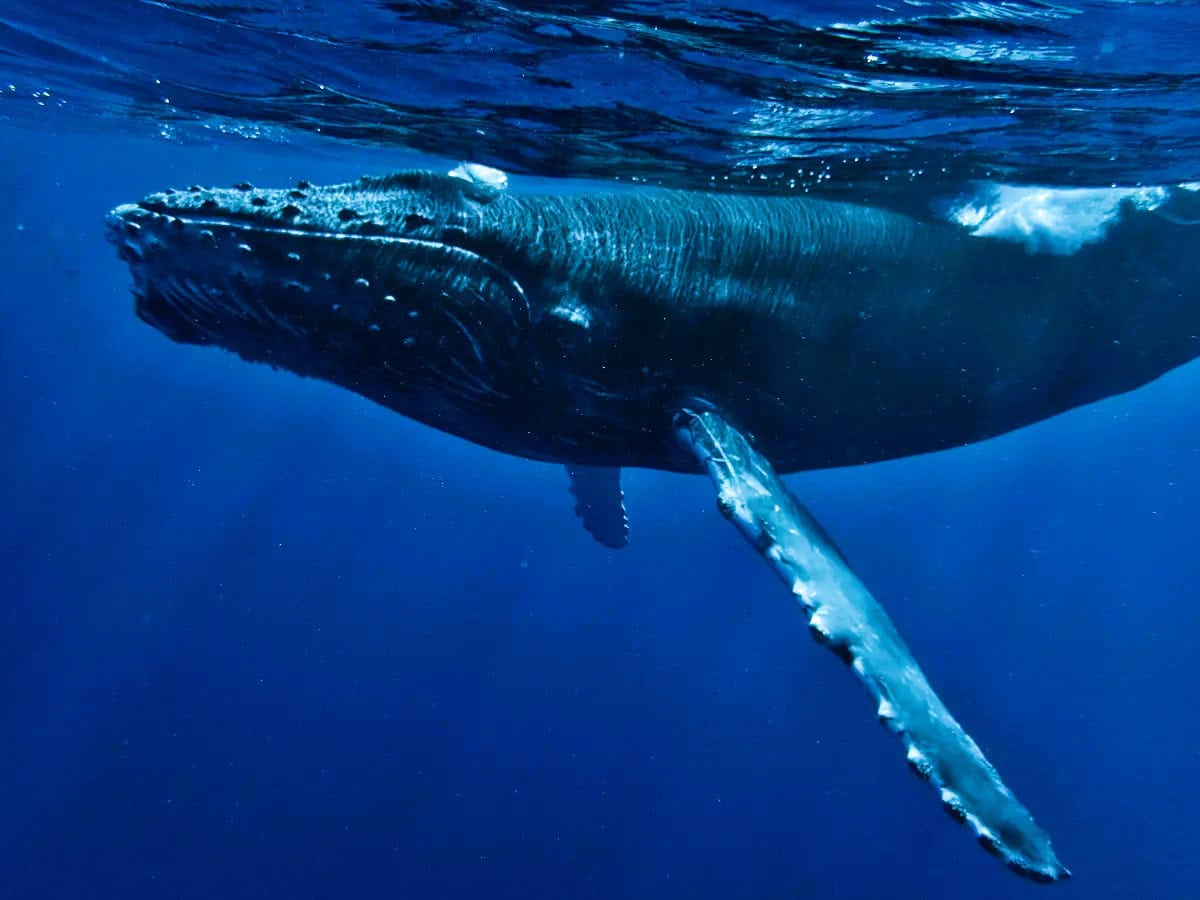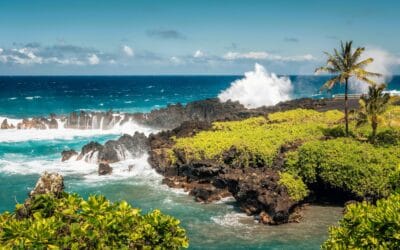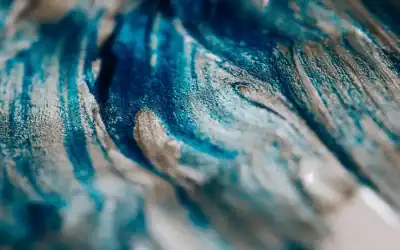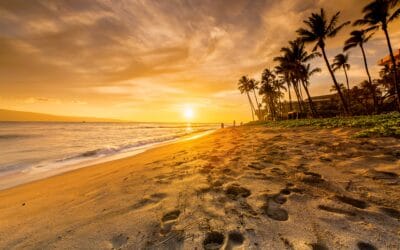What if you traveled all the way to Maui for whale season—only to miss it?
For many visitors, seeing humpback whales is the dream, the story they’ll carry home in photos, videos, and memories.
But without knowing the right season, the best vantage points, or even where to stay, you could spend your trip squinting at the horizon instead of soaking in the magic.
The good news? Whale watching in Maui doesn’t have to be left to chance. With a little planning, you can enjoy daily encounters—whether from a cliffside lookout, the deck of a catamaran, or even the lanai of your Maui vacation rental.
Why Maui Is the Best Place to See Whales
Each winter, more than 10,000 humpback whales migrate over 3,000 miles from Alaska’s icy feeding grounds to the warm, protected waters of Maui.
Here, in the heart of the Hawaiian Islands Humpback Whale National Marine Sanctuary, mothers give birth, calves take their first wobbly swims, and males compete with spectacular breaches and tail slaps.
The calm ʻAuʻau Channel between Maui, Lāna‘i, and Kaho‘olawe is often called one of the best whale nurseries on Earth. Its shallow, sheltered waters give whales safety—and visitors unforgettable views.
“On calm days, the only sound you may hear across the water is the breath of a whale.”
This is more than wildlife watching. It’s about feeling awe, reconnecting with nature, and creating memories no other vacation can compare to.
The Best Time of Year to See Whales in Maui
If you’re planning your trip around whale season, timing is everything.
- Peak Season (January–March) –The height of activity—breaches, tail slaps, and the largest numbers. Ideal for families on winter break or couples seeking a romantic escape.
- Early Arrivals (late November–December) – A quieter start to the season, with fewer crowds and a more relaxed pace.
- Lingering Sightings (April–early May) – Some whales remain, especially mothers with calves preparing for their long journey north.
For the most reliable sightings, book your trip mid-January through March when activity is at its peak.
Best Spots for Whale Watching in Maui From Shore
You don’t have to set foot on a boat—Maui’s coastlines offer some of the most accessible whale watching in the islands.
- Papawai / McGregor Point Lookout (West of Māʻalaea) – A classic roadside stop with sweeping views over Maʻalaea Bay. In past seasons, naturalists have set up scopes here to help visitors spot whales.
- Olowalu Pullouts (South of Lahaina) – Wide, open channel views make this a favorite stop for both locals and visitors. Just be sure to use designated pullouts for safety.
- Wailea Coastal Walk (South Maui) – A paved trail with benches and open ocean views. While not as whale-dense as West Maui, patient watchers are often rewarded with mother-and-calf encounters.
- Lahaina Pali Trail & Highway 30 Overlooks – Elevated viewpoints between Maalaea and Ukumehame give dramatic perspectives. Bring binoculars for the best chance of spotting activity.
- Hawaiian Islands Humpback Whale National Marine Sanctuary (Kihei) – An oceanfront visitor center that combines education with shoreline viewing, offering exhibits on whale behavior and conservation.
From beaches to cliffside lookouts, these spots prove you don’t need a tour to witness the wonder of Maui’s humpbacks.
Whale-Watching Tours: Up Close and Unforgettable
Still, nothing compares to being eye-level with a whale as it surfaces beside your boat. Whale-watching tours in Maui bring you closer than you ever imagined:
- Maalaea Harbor (Central & South Maui) – Convenient for Kihei and Wailea visitors, with catamarans, rafts, and larger vessels heading straight into whale-rich waters.
- Sailing Catamarans – Smooth, stable, and often romantic, with plenty of deck space (and sometimes champagne at sunset).
- Family-Friendly Rafts – Low to the water and thrilling, perfect for kids and adventure-seekers alike.
- Eco-Focused Expeditions – Led by naturalists who highlight conservation, ensuring your experience is both magical and meaningful.
All tours follow NOAA’s whale-protection guidelines, staying at least 100 yards away to safeguard the whales. But when a curious humpback chooses to approach, the experience is unforgettable.
Tips for an Unforgettable Whale-Watching Experience
- Bring binoculars to spot distant spouts and breaches.
- Catch the light—midday offers clarity, while sunrise and sunset add dramatic beauty.
- Pack patience; whales are wild, and anticipation makes each sighting sweeter.
- Listen for blows—on calm mornings, you may hear them before you see them.
- Dress comfortably with layers, sunscreen, and a hat.
- Respect the rules—keeping safe distances protects whales and ensures sustainable viewing.
The Whale-Watching Vacation Rental Advantage
Here’s a secret many visitors overlook: the right vacation rental can make whale watching part of your daily life.
Instead of planning your day around tours, you can wake up, step onto your lanai, and see humpbacks breaching offshore.
- Families love the comfort and convenience, giving kids unforgettable encounters without long drives.
- Couples find romance in sunsets punctuated by tail slaps just beyond the balcony.
- Repeat visitors know that staying at the oceanfront means whales are never far from view.
With AAOceanfront.com, you can choose oceanfront rentals that put you right where the action is. It’s the difference between hoping to see whales—and knowing you’ll have a front-row seat every day.
A Whale of a Time Awaits
A trip to Maui during whale season isn’t just another vacation—it’s your chance to witness one of nature’s most spectacular shows. From shoreline strolls to unforgettable boat tours, each day offers a new possibility for awe.
And with the right vacation rental, you don’t just visit Maui—you live it.
Don’t just plan a getaway. Plan memories that rise as high as the whales themselves—moments you’ll treasure long after you leave the island.




